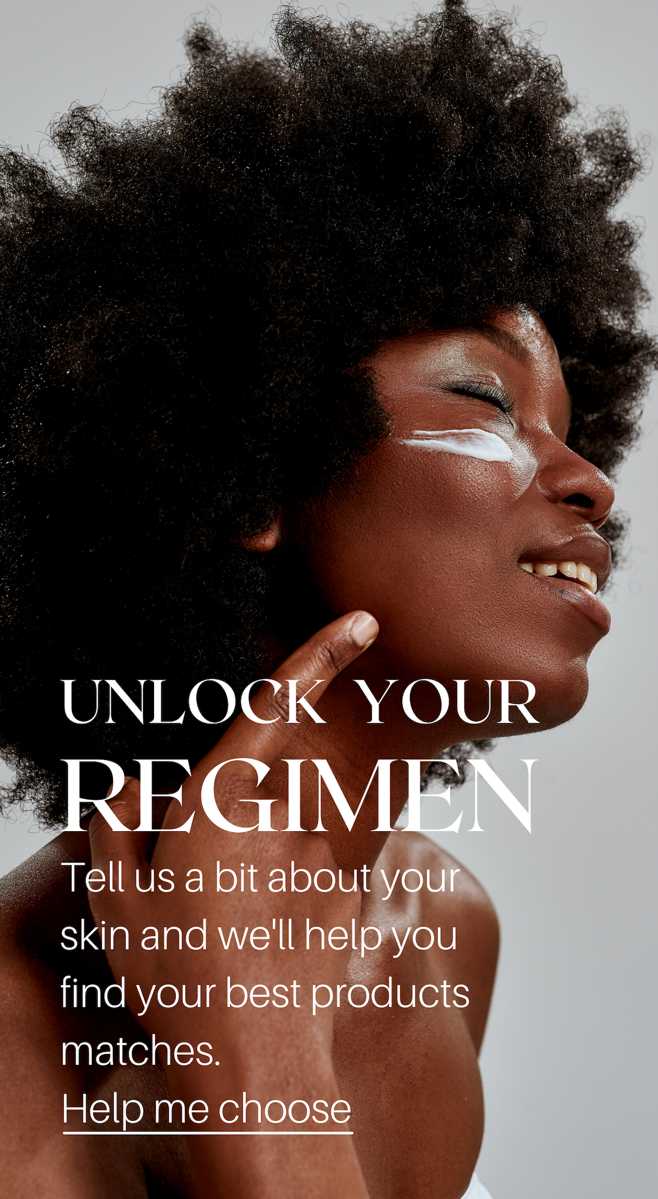Dr. Tanasha Simela: Good Food, Good Skin Care, Good Life
MEET THE PROFESSIONALS:
Dr. Tanasha
Simela
Dermatology was “love at first sight.”

Dr. Tanasha Simela, or as she’s known on Instagram, Dr. Good Food, is a dermatologist with a passion for food, family, and feeling good. Though she initially wanted to be a forensic pathologist, she discovered her true calling when she did her clinical rotation in dermatology during med school.
“It was a field in which I felt love at first sight. I was able to integrate my love for histology and pathology, as well as use one of my best attributes, my visual skills.”
Practicing in both New Jersey and New York, Dr. Simela sees a wide range of cases in people of all ages, ethnic origins, and races. “My favorite part of this field is finding solutions for skin and cosmetic issues affecting appearance, even if these issues aren’t life-threatening.”
Here she shares her love of the Vivant product line, her tips for treating skin of color, and her favorite way to enjoy what may be the perfect food for skin: avocado.
“I discovered Vivant after attending The Skin of Color Seminar Series for physicians in 2017. The Mandelic Acid 3-in-1 Wash was included in the goodie bag. I wanted to try a gentler option compared to salicylic acid and glycolic acid. It was love at first try. It changed the tone of my skin and others noticed.”
VIVANT
INQUIRES
“I could not live without a retinoid.”

Do you have any specific advice or advice for treating skin of color?
I believe the trick in dealing with skin of color, or “skin of culture” as I like to call it, is to know what really works and what does not. Most of my patients are concerned about their “dark marks,” or post-inflammatory hyperpigmentation, but it’s imperative to treat both the acne and the dark spots simultaneously.
When we eliminate the acne, we eliminate what’s causing the post-inflammatory hyperpigmentation. Recognizing and treating acne early in skin of color patients is vital, as they’re prone to post-inflammatory hyperpigmentation and keloids.
It’s crucial to use acne products that work well in skin of color. If not, we can cause more irritation, which can worsen acne and also lead to post-inflammatory hyperpigmentation.
If acne is problematic along the hairline, we need to discuss hair care practices. I also, want to know if my patient is using oil-containing products like shea butter or cocoa butter because these products can lead to clogged pores, which can cause acne.
I also stress gentle skin care since most patients tend to use harsh cleansers, which can worsen acne. Washing caps, hats, or pillowcases are helpful to decrease sweat, dirt, and oil accumulation. And lastly, I always emphasize the need for these patients to seek the help of their dermatologist to create a treatment plan unique to their needs.

Is laser treatment a bad idea for treating hyperpigmentation?
If over the counter products aren’t helping to get rid of dark spots, or hyperpigmentation, I strongly suggest consulting a dermatologist. Resurfacing treatments use targeted beams of light to reduce hyperpigmentation. There are two types of lasers, non-ablative and ablative. Ablative lasers are intense and involve removing layers of the skin. They tend to work better for those with fair skin. Non-ablative lasers target the dermis to promote collagen growth and skin tightening. For some patients, the non-ablative procedures can cause the skin to darken instead of lighten. For these patients, it may be best to prescribe hydroquinone one week before and one week after treatment to relax those pigment-making cells.
Overall, the best predictor for good results of laser treatment is determining a patient’s skin tone with a dermatologist. With proper consultation and assessing the best laser for one’s skin tone, we can eliminate the idea that lasers are a bad idea for hyperpigmentation. There are so many newer devices, as well as more updated ways to use existing ones, making lasers available to everyone and all skin tones.
Are there any new procedures or ingredients that you are particularly excited about?
I am excited to introduce serums after microneedling treatments. The skin can absorb these solutions due to the microchannels formed by the microneedling device. Adding serums such as tranexamic acid can be beneficial in treating skin diseases like melasma and rosacea, or adding Vitamin C, known for its antioxidant properties, collagen production, and skin regeneration. These serums can act synergistically with microneedling.
What is the biggest mistake people make in caring for their skin?
Not developing a skin care routine that works best for their skin type. People get distracted by the huge amount of information from social media and the like, and end up purchasing something that will not work for them.
What’s the one skin care ingredient you couldn’t do without?
I truly could not live without a retinoid. Its effects are multifactorial; it can boost collagen to reduce fine lines, unclog pores, and increase epidermal cell turnover that can lead to better texture and tone.
Dr. Simela’s Essentials
[slider1]
Who is Dr. Good Food?
My interest in cooking started when I got married. I remember watching my mother prepare meals for the family when she returned from work. She would make these delicious meals from scratch, and we would enjoy them while all sitting down at the table as a family. I wanted to keep that tradition going, even if at the time it was just the two of us. It helped us connect while we were busy with our medical training. With memories of my mother’s meals, as well as help from some of my favorite cooking shows, I started to experiment with food. My husband actually came up with my handle and encouraged me to take pictures and write about my experiences with food.
How important is nutrition to healthy skin?
We know that antioxidants such as carotenoids, vitamins (A, C, D, and E), as well as essential omega-3-fatty acids are agents that promote skin health and beauty. While most treat their skin with products, the root cause may lie within. We need to remember that eating nutritious fruits and vegetables can minimize acne and inflammation, which is the root cause of many skin related conditions.
Is the avocado the perfect food for skin?
Avocados have many benefits including decreasing the risk of obesity, diabetes, and heart disease, and they can promote a healthy skin complexion. This fruit is nutrient-rich and contains nearly 20 vitamins and minerals. They provide not only healthy fats, but also Vitamins C and E that are known to fight free radicals that damage the skin. They’re great to eat, plus you can make masks that can moisturize the skin and tighten pores.

You have a demanding career, you’re a mother, and you’re building a house. How do you de-stress?
De-stress? Is that possible? All joking aside, my dermatology career, my responsibilities as a wife and a mother, as well as building our dream home are all good things. These are all aspects of my life that I have worked very hard at and I am going to enjoy it. Like my favorite song from Nina Simone stated, “I’m feeling good.”
Advice for your younger self?
Protect your skin and wear sunscreen daily. Never forget to reapply! Most importantly, embrace your features.

Dr. Simela’s Bougie Avocado Toast
Cheddar bread*
Cherry tomatoes, sliced
Crumbled bacon
Lobster
Avocado
Sea salt
Splash of lime juice
Minced jalapeño (optional)
Mash avocado with a generous pinch of sea salt and a squeeze of lime juice. Spread avocado mash over toasted or grilled slice of cheddar bread. Top with tomato slices, cooked lobster, and crumbled bacon. Give it a squeeze of lime to finish.
* I love the collection of breads at Wegmans, such as their cheddar bread, cheddar-bacon bread, or my ultimate fav, cheddar-jalapeno bread.


Comments
Since using the products my husband and I are seeing the difference in the dark spots.
Thank you Dr Simela!
Proud of all your accomplishments!! Couldn’t asked for a better daughter. Using the products you recommend.
I could see the difference.
Thanks again!! 🇯🇲🇹🇹😍
Proud of you cuzzo..Dr… chef. Motivator
I love my vivant products its has help really help control my acne and black marks always room to improve my skin but it is so much better. Thanks